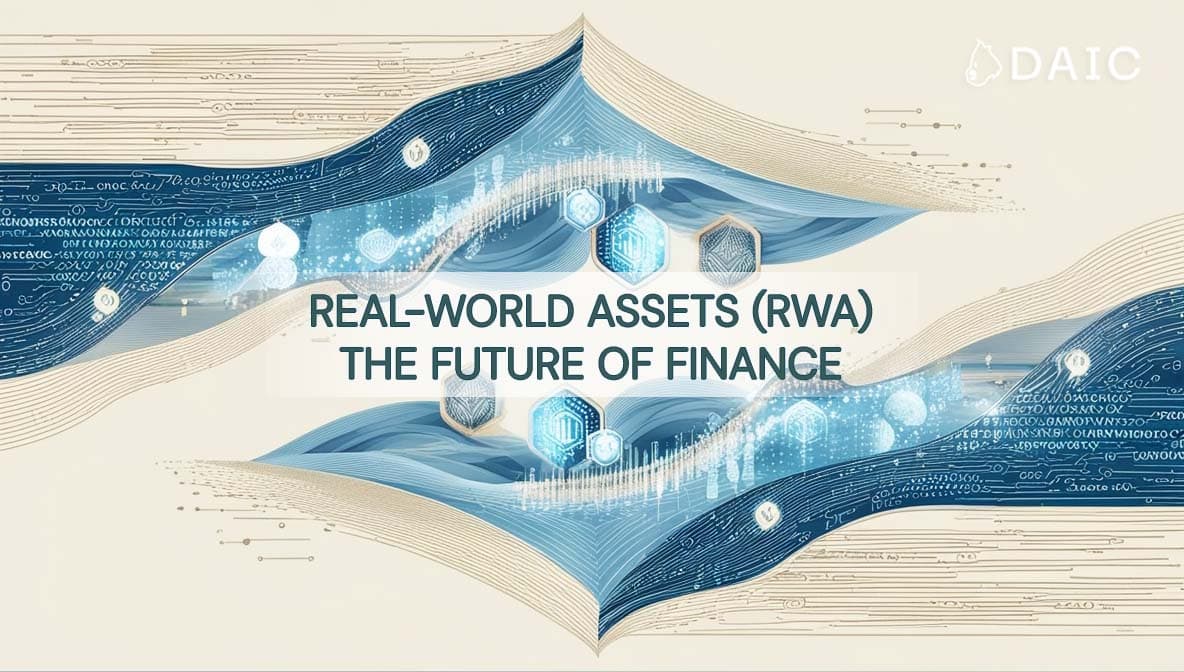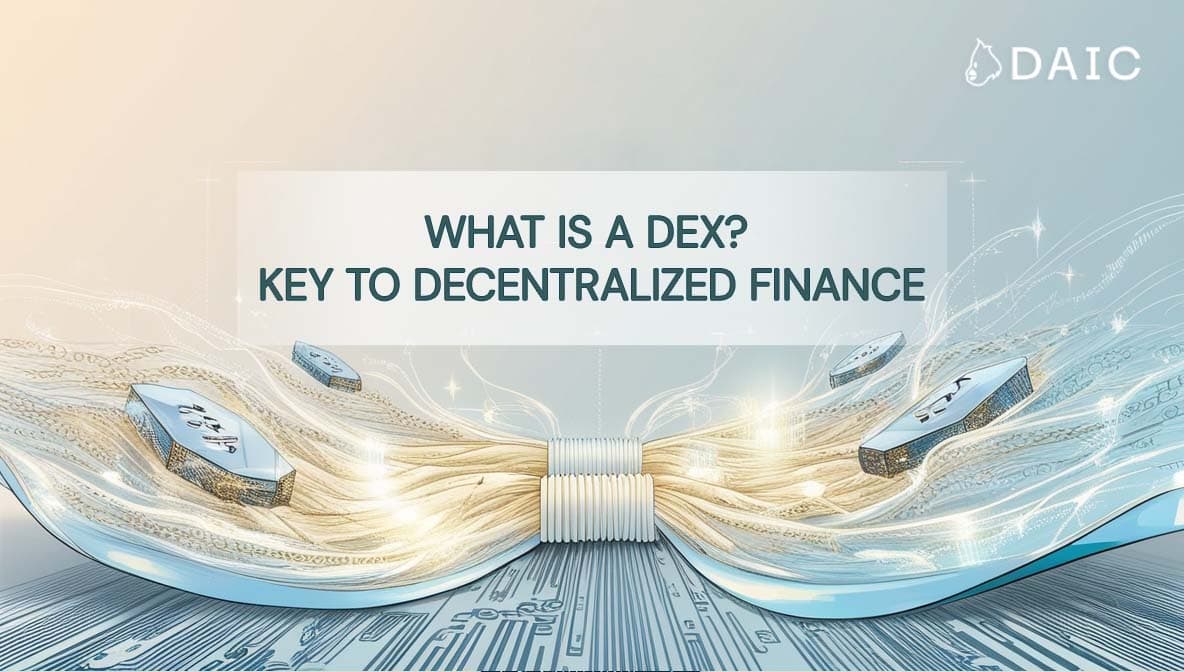Have you ever felt like you truly own something in the digital world? We download music, stream movies, and share pictures all the time, but really, do we own anything? We have a file on our computer - but it is easily copied and shared, perhaps even deleted. Ownership in the digital realm was always kinda fuzzy, like a desert mirage.But what if it were possible to conclusively prove that you, and nobody else, owned that one digital item? That is where Non-Fungible Tokens (NFTs) revolutionize the idea of ownership in the digital world. This article will be your friendly guide to help understand NFTs, from their very basic nature to exciting ways of reshaping our digital future!
Key Takeaways
- NFTs are unique digital cryptographic assets on the blockchain that represent an intangible and unique digital item.
- Unlike cryptocurrencies, NFTs are not interchangeable with each other, as each has distinct properties and values.
- They represent the rights to digital or physical assets, collectibles, or even real estate in digital form.
- The technology underpinning NFTs can solve many issues that have existed thus far in various fields.
What Is a Non-Fungible Token (NFT)?
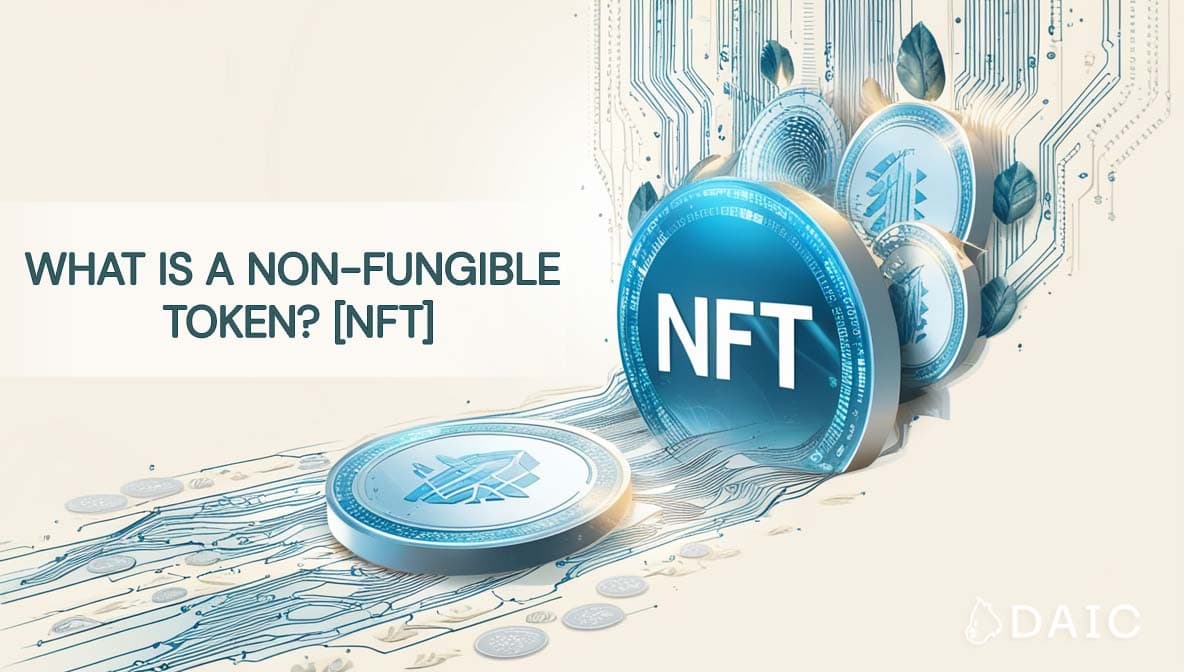
Okay, first things first: NFT stands for "Non-Fungible Token." That does sound a bit technical, right? Let’s break it down.
"Non-fungible" in its very basic sense refers to something being unique and irreplaceable. Think of a painting, one of a kind, say the Mona Lisa. There is only one original, and that is irreplaceable, you cannot take it out and put another in its place and have it be the same.
Now, in that context, "token" means a type of digital asset and ownership. An asset living in a special digital ledger, called a blockchain, is likened to the super-secured and transparently visible record book of everyone.
Put it all together: an NFT is a one-of-a-kind digital asset that proves you own something specific, a piece of digital art, or a song, anything from the collectible to a virtual fragment of land within some video games. This ownership is publicly recorded on the blockchain and secured by cryptography.
The concept of NFTs has been around longer than you may imagine. The first seeds were laid back in 2012, with something called "Colored Coins." In essence, these were tiny fractions of a Bitcoin that were marked or "colored" to represent some asset. Think about it, like marking a regular coin with a special symbol to say it represents something else, even a concert ticket.
Things started to really take shape with a 2017 project called CryptoKitties. It was a collection of digital cats in form of NFTs, which people can buy, sell, and even breed, each of them is unique. That was a fairly intuitive and simple approach for everyone with the concept of NFTs, and in less than no time, this became a sensation. That proved that people were willing to pay hard cash for virtual goods with an assurance that they are unique.
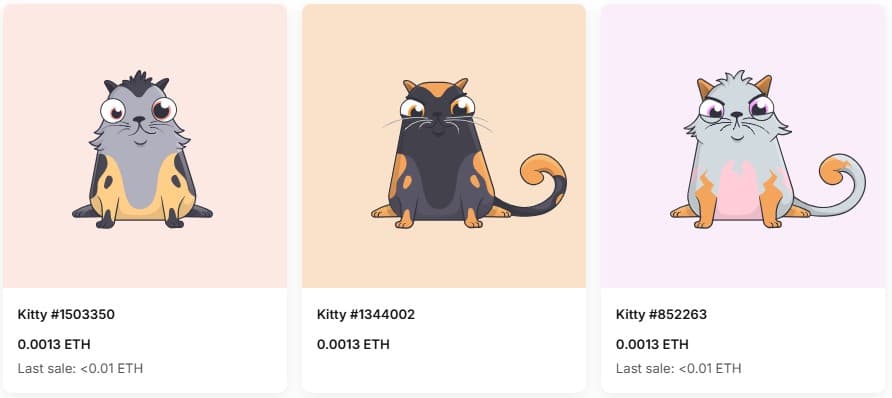
How Do NFTs Work?
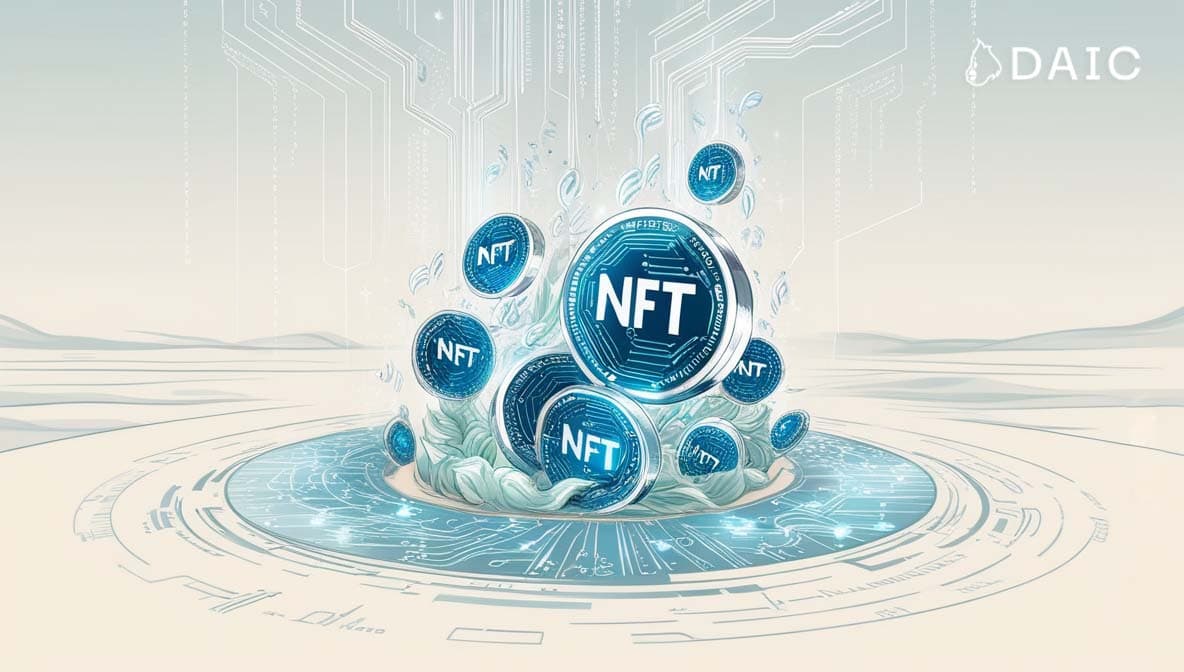
The basic definition of an NFT: a unique digital asset whose creation, ownership, and transaction history are recorded on a blockchain. In this context, each blockchain supplies the necessary infrastructure to create and manage NFTs.
The process of making an NFT is called "minting." Typically, creators use platforms of NFT marketplaces - online spaces where individuals buy, sell, and trade NFTs. The platforms include user-friendly tools, which allow a creator to upload the digital work, fill in relevant information like title and description, and define properties such as its sale format. This minting process requires paying a fee or "gas fee" in order to incentivize the addition of this NFT through a smart contract to the blockchain.
Once minted, the NFT exists as a unique token on the blockchain, with metadata that carries information about who created it, when, and who currently owns it. That information is then permanently recorded and publicly verifiable, providing an auditable trail of the asset's history.
As a rule, NFTs are traded on the same platforms where they were minted. These services work as digital auction houses or galleries where one can view, bid for, and buy NFTs. Every time an NFT changes hands, that is recorded on the blockchain, together with a change of ownership from the former owner to the new owner, reflecting a corresponding metamorphosis of metadata for the NFT. Some marketplaces also support the implementation of royalties, which give creators a cut of each subsequent sale of their work.
NFTs are created or bought and thereafter stored in digital wallets. The wallets are a secure repository for digital assets that enable users to show their NFT collections and manage their holdings. These wallets are secured with private keys, unique cryptographic codes that allow access to the assets they hold.
Not All NFTs Are Created Equal: Different Types of NFTs
Just like any other form of art or collectibles, NFTs also have their types. Following are some of the main types you should know about:
Static NFTs: This is the most common kind. Once NFT is minted, all the data becomes fixed and does not change thereafter. The image, description, and any associated information is forever baked into the blockchain. Most NFTs you hear about today, be it artwork or music, are static NFTs.
Dynamic NFTs: These can be said to be living, breathing creations of data. Their data is susceptible to change with time, external conditions, or events. Imagine a character in some game that, based on experience, would evolve in appearance or an NFT that is supposed to represent a real-world plant and would self-update its visuals based on how the plant would grow. Dynamic NFTs open exciting perspectives for interactive and developing digital assets.
Fractional NFTs: You can think about these as owning one slice of the pie. Fractional NFTs let you own a part of a very high-value NFT. Rather than buying the whole Mona Lisa (if it were an NFT!), you can own a fraction of it along with other people. This makes expensive and rare NFTs more accessible to a wider range of collectors and investors.
The Expanding Universe of NFTs: From Art to Everything
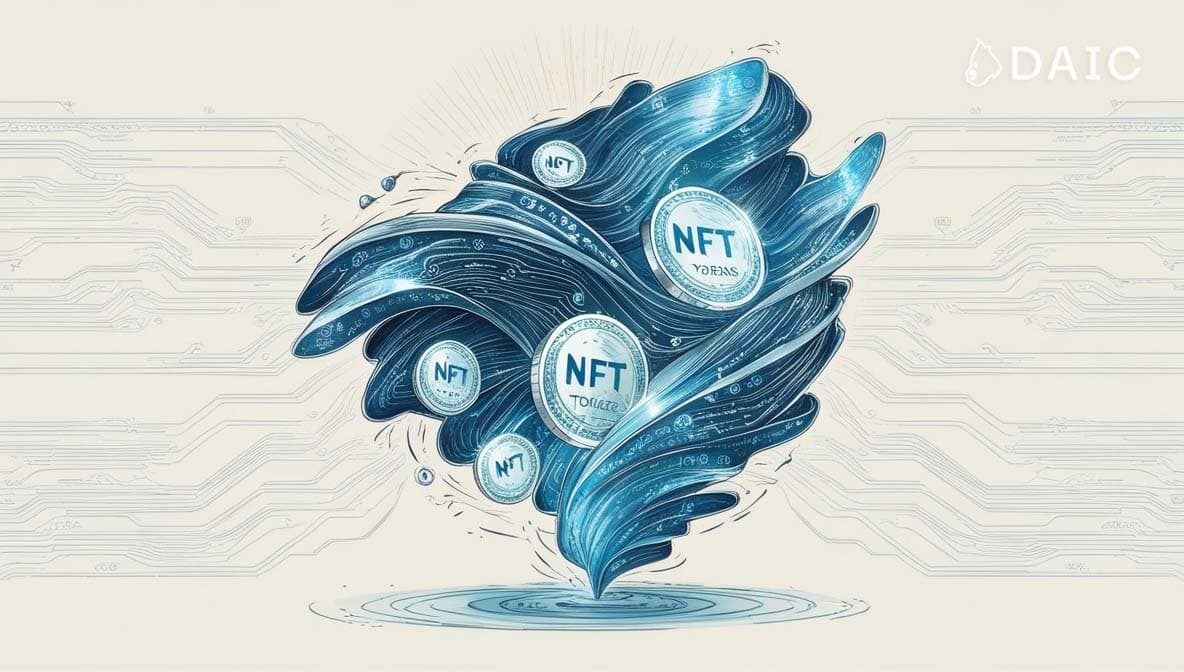
Whereas NFTs first burst onto the scene in the world of art and collectibles, the wider significance of their existence can be understood right now with many online marketplaces and services.
For instance, NFTs are revolutionizing the world of gaming. The unique in-game items, such as power weapons or special character skins, can now actually be owned by the player himself and even traded or sold between players for an in-game economy to come into full vigor. Within the music industry, NFTs have allowed artists to create a closer relationship with their fans, offer limited albums, tracks previously unavailable, and even share royalties by leveraging innovative NFT technology.
The sports world hasn't been left behind, either. It has enabled fans to collect or trade digital versions of sports cards or own unique pieces of digital memorabilia such as video clips of iconic moments that have been saved as NFTs. Even the concept of real estate is being rewritten as pieces of virtual land in online worlds get bought and sold as NFTs.
Some have become real-world examples, taking people's fancy and giving new meaning to NTFs. The sale of digital artwork "Everydays: The First 5000 Days" by an artist known as Beeple for $69 million shook the very foundations of the world of art. Similarly, CryptoPunks became a hot ticket digital collectible after the collection of pixelated character images fetched fabulous prices, attesting to demand for early NFT projects. Moreover, US President-elect Donald Trump recently released a limited collection of NFTs on the Bitcoin blockchain using the Ordinals protocol. The series of new NFTs called “Trump Bitcoin Digital Trading Cards” includes 160 Ordinals.
Beyond these established use cases, numerous blockchain platforms foster unique and innovative NFT projects. For instance, Flow has grown to become one of the leading blockchain platforms in the NFT space, with a particular emphasis on user-friendly experiences and mainstream adoption. One popular example of this is NBA Top Shot, a platform where users can collect and trade officially licensed NBA video highlights as NFTs. The success of NBA Top Shot proved the power that NFTs have to engage an incredibly wide audience and create new forms of digital collectibility.
Another hot ecosystem in the NFT space is Stargaze - a Cosmos-based blockchain designed primarily for NFTs. Stargaze provides a tailor-made platform for creators and collectors alike, and community ownership and governance are top of mind. Projects going strong on Stargaze include the Bad Kids collection of colorful characters. The Celestine Sloth Society is a leisurely consortium of 2500 serene sloths from all corners of space-time across the Cosmoverse. Collections like this are traded on the Stargaze Marketplace - a dedicated place for the ecosystem's NFTs.
Now, imagine that your digital identity could be securely stored as an NFT and be fully in your control, it would facilitate many verification processes. Consider what would happen if key documents were to be digitally encoded as NFTs: your university degree, ownership of land, or any other such critical document - a kind of unalterable vault.
Everything, from complex systems in supply chain and logistics whereby NFTs are able to track goods on their journey from origin to consumer with unparalleled transparency and authenticity of products, may come into existence. We may also see NFTs to make votes safer and more transparent, whereby every vote would be recorded as an immutable NFT against manipulative results.
These examples from Flow and Stargaze, together with broader trends in art, gaming, sports, music, and real estate, are a testament that the NFT universe keeps growing. And it shall continue to get much bigger with the rise of new platforms and innovative projects.
The information provided by DAIC, including but not limited to research, analysis, data, or other content, is offered solely for informational purposes and does not constitute investment advice, financial advice, trading advice, or any other type of advice. DAIC does not recommend the purchase, sale, or holding of any cryptocurrency or other investment.

